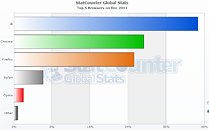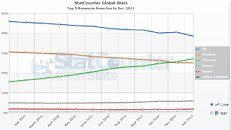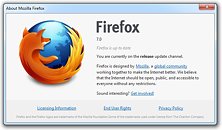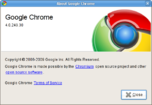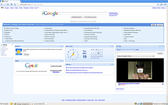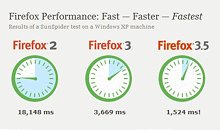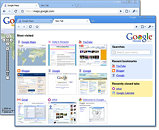
OCZ Technology Introduces StoragePro XL 1.1 Central Management System
OCZ Technology Group, Inc., a leading provider of high-performance solid-state drives (SSDs) for computing devices and systems, today introduced an SSD management application that centrally monitors and manages OCZ enterprise drives connected to network servers, storage arrays or appliances. Developed as a network-accessible management system, OCZ's new StoragePro XL 1.1 provides IT managers with a cross-platform view of their enterprise flash resources for centralized management, monitoring, maintenance and reporting.
StoragePro XL securely connects to multiple host systems across the network and allows IT managers to centrally monitor and administer their enterprise flash resources from a web-based management interface. Supporting enterprise hosts running Linux and Windows operating systems, and featuring an easy-to-use web-based centralized GUI (graphical user interface), IT managers are afforded specific drive details on performance, reliability and operation. Along with the monitoring functionality, a user configurable alerting systems is provided that enables identification of any potential system and/or storage issues in advance enabling corrective actions to be initiated at an early stage.
StoragePro XL securely connects to multiple host systems across the network and allows IT managers to centrally monitor and administer their enterprise flash resources from a web-based management interface. Supporting enterprise hosts running Linux and Windows operating systems, and featuring an easy-to-use web-based centralized GUI (graphical user interface), IT managers are afforded specific drive details on performance, reliability and operation. Along with the monitoring functionality, a user configurable alerting systems is provided that enables identification of any potential system and/or storage issues in advance enabling corrective actions to be initiated at an early stage.








